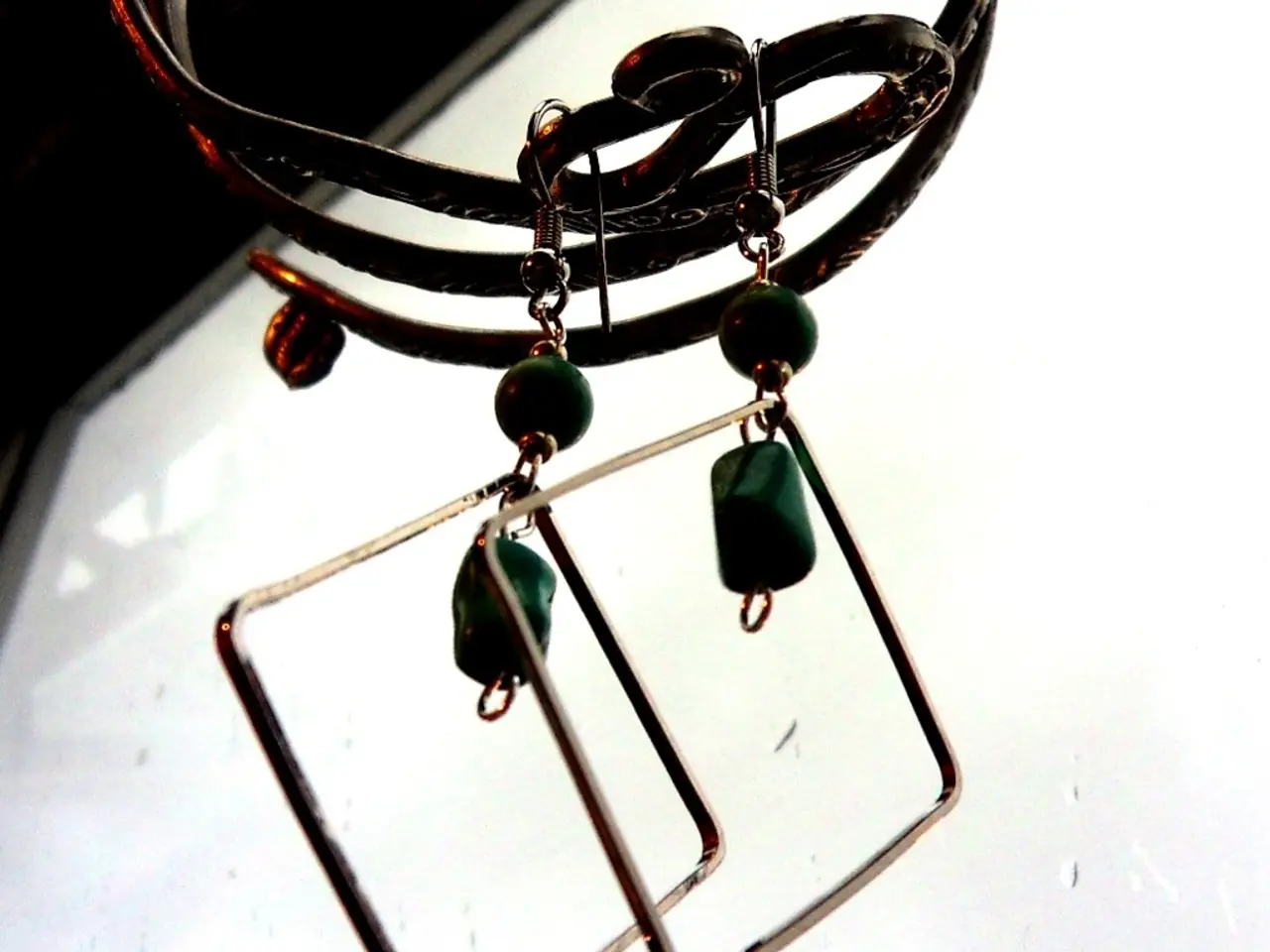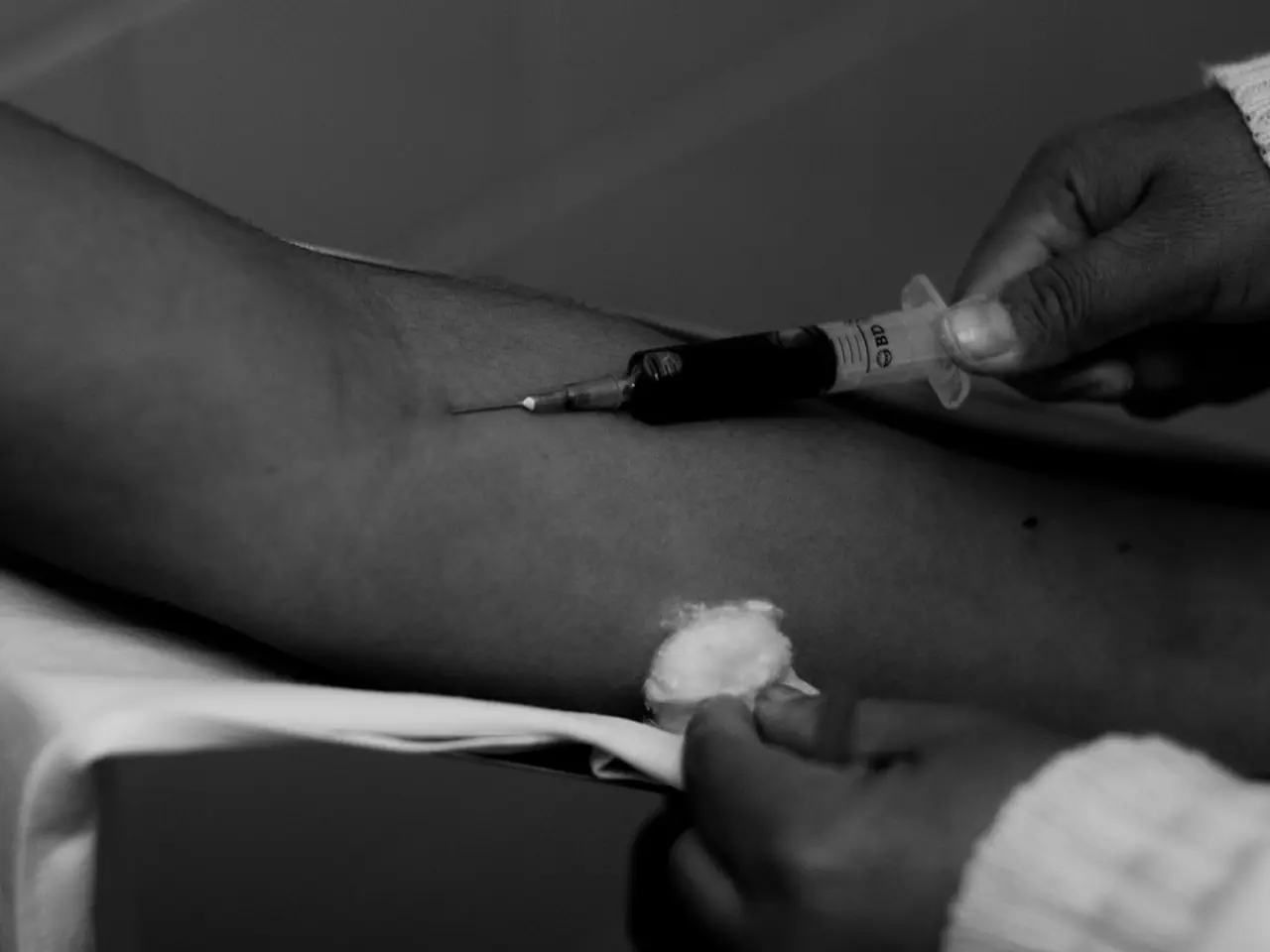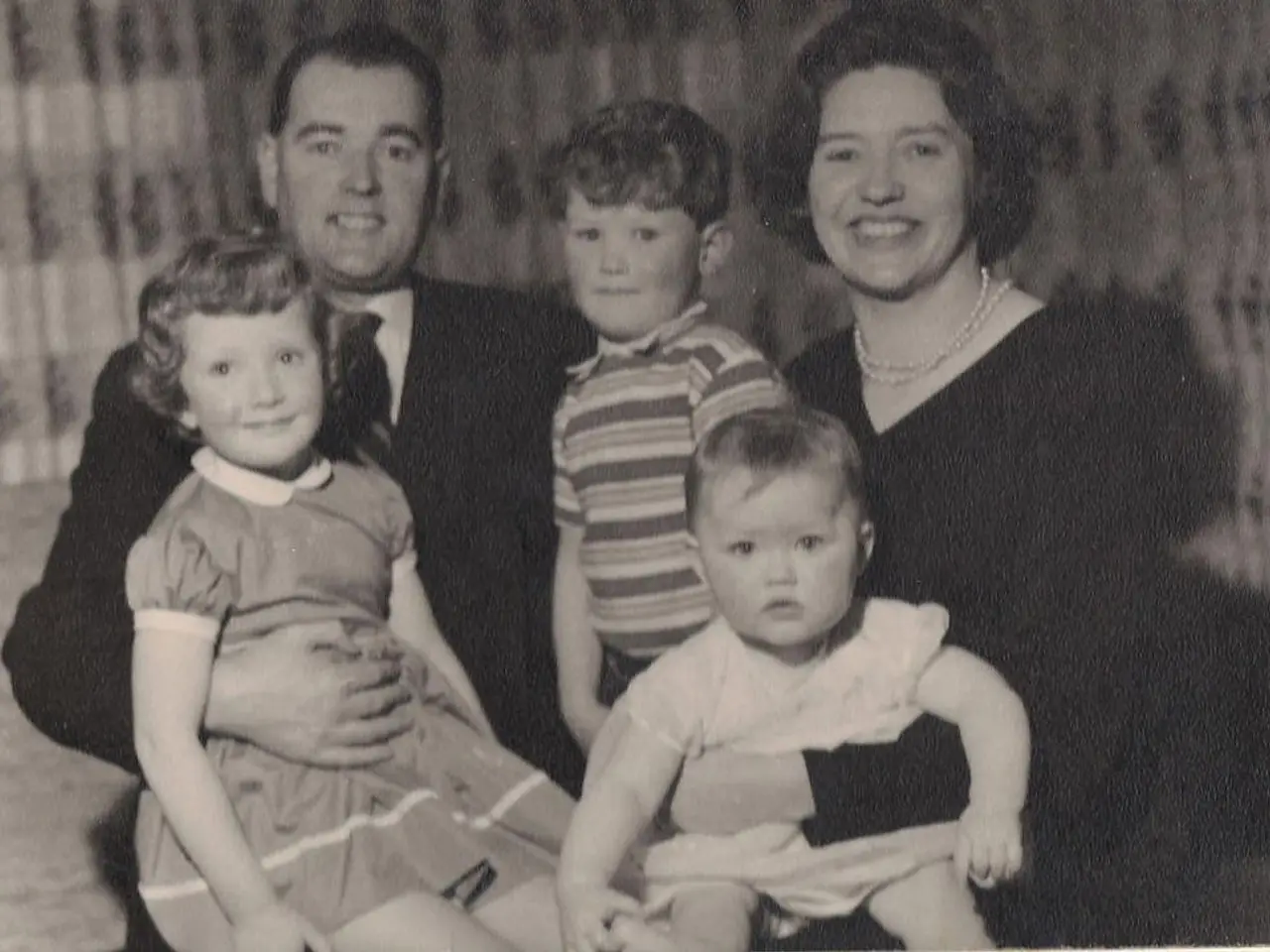Ear Pain: Causes, Signs, and Remedies
In the realm of ear health, one common complaint is otalgia - medical terminology for ear pain. This pain can originate from within the ear itself (primary otalgia) or be referred from other anatomical sites (secondary otalgia).
Primary otalgia, arising from diseases or conditions within the ear, is often linked to ear infections such as otitis media or externa. Symptoms can include ear discharge, fever, hearing loss, and a feeling of fullness in the ear. Otitis media, for instance, is an infection or fluid buildup in the middle ear, leading to otalgia, otorrhea (ear discharge), and sometimes fever. On the other hand, otitis externa, or inflammation of the external auditory canal, causes pain, itching, redness, and swelling.
Secondary otalgia, however, results from pain being referred to the ear from other structures. Causes can range from dental issues like tooth abscesses or impacted molars causing radiating pain to the ear, to temporomandibular joint (TMJ) disorders, throat infections, or neurological involvement affecting the trigeminal, glossopharyngeal, or vagus nerves. In rare cases, Gradenigo syndrome, a complication of otitis media, presents with a triad of persistent ear infection symptoms, facial pain along trigeminal nerve branches, and sixth cranial nerve palsy causing diplopia.
When dealing with sharp ear pain, it's crucial to consult a healthcare provider. This is especially important if the pain is severe, the ear is bleeding, or if the pain accompanies other symptoms such as bleeding, discharge, hearing loss, or a fever. Preventive measures against ear infections include avoiding the use of Q-tips to probe the ears, preventing water and shampoo from entering the ears, and using earplugs or a swimming cap when swimming.
Home remedies for ear pain may include holding a warm or cool compress against the ear and avoiding the use of Q-tips to remove earwax. Ear barotrauma, a type of temporary ear damage caused by external pressure changes, can also lead to ear pain, accompanied by a feeling of pressure within the ear, sharp or dull pain, hearing loss, and dizziness.
In conclusion, understanding the difference between primary and secondary otalgia aids clinicians in directing diagnostic evaluation and treatment appropriately. Primary otalgia is most commonly caused by ear infections, while secondary otalgia results from referred pain from dental, TMJ, throat pathology, or neurological involvement. Rare syndromes like Gradenigo syndrome involve both primary ear infection symptoms and neurological signs. Always remember, if you experience sharp ear pain, consult a healthcare provider to ensure prompt and accurate treatment.
- People often mistake ear pain, or otalgia, as a single condition, when in reality it can be primary, originating within the ear, or secondary, referred from other sites.
- Primary otalgia, arising from diseases within the ear, is linked to various conditions such as ear infections like otitis media or externa, which can cause symptoms like ear discharge, fever, and hearing loss.
- Otitis media, specifically, is an infection or fluid buildup in the middle ear, leading to otalgia, otorrhea (ear discharge), and sometimes fever.
- On the other hand, secondary otalgia results from pain being referred to the ear from other structures, such as dental issues like tooth abscesses or impacted molars causing radiating pain.
- Temporomandibular joint (TMJ) disorders, throat infections, or neurological involvement affecting the trigeminal, glossopharyngeal, or vagus nerves can also cause secondary otalgia.
- In the rare Gradenigo syndrome, a complication of otitis media, patients experience persistent ear infection symptoms, facial pain along trigeminal nerve branches, and sixth cranial nerve palsy causing diplopia.
- When managing sharp ear pain, it is vital to consult a healthcare professional, especially if the pain is severe, the ear is bleeding, or if it is accompanied by other symptoms like bleeding, discharge, hearing loss, or a fever.
- Preventive measures against ear infections include avoiding the use of Q-tips to probe the ears, preventing water and shampoo from entering the ears, and using earplugs or a swimming cap when swimming.
- Home remedies for ear pain may include holding a warm or cool compress against the ear and avoiding the use of Q-tips to remove earwax.
- In the broader context of health and wellness, understanding the differences between primary and secondary otalgia benefits clinicians in directing diagnostic evaluation and treatment appropriately, enabling prompt and accurate treatment.




